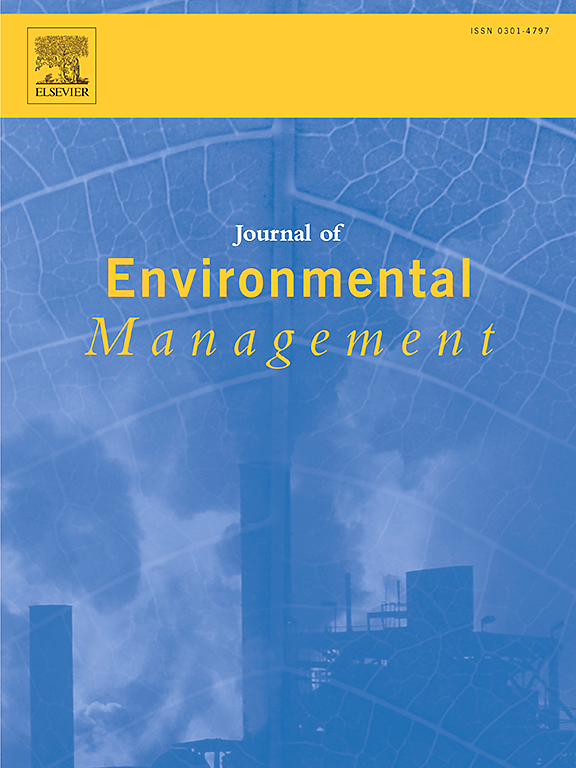Water quality improves with increased spatially surface hydrological connectivity in plain river network areas
IF 8
2区 环境科学与生态学
Q1 ENVIRONMENTAL SCIENCES
引用次数: 0
Abstract
Hydrological connectivity remarkably affects the water quality of river–lake systems, particularly in densely urbanized plain river network areas, where its impact remains unclear. The growing urbanization and rapid changes in hydrological networks make it more challenging to manage water quality effectively. Understanding how hydrological connectivity changes and the influence on key water quality variables is crucial for improving management strategies. We quantified hydrological connectivity between lakes in the northern Taihu Lake Basin using a connectivity topological model based on graph theory and landscape ecology. XG-Boost models were developed to elucidate the potential threshold effect of hydrological connectivity on key water quality parameters. These models were accompanied by linear mixed-effect (LME) models, which included land use types as a random effect to evaluate the response relationship between hydrological connectivity and water quality. Results indicated that the spatiotemporal dynamics of hydrological connectivity decreased over the last 20 years. Furthermore, changes in hydrological connectivity considerably influenced environmental variables in river–lake network areas. The XG-Boost models identified a Pij value of 0.02 as a potential threshold, at which spatial hydrological connectivity begins to impact water quality as concentrations change steadily above this threshold. The LME models confirmed that enhanced spatial hydrological connectivity was generally associated with reduced concentrations of TN, TP, NH3-N, and CODMn, and increased DO levels. In addition, hydrological connectivity was influenced by factors such as the shortest river path between lakes and hydraulic facilities along the path. This finding suggests that hydrological connectivity can be restored to improve water quality by refining river network topology, optimizing existing sluice schedules, or removing unnecessary dikes. These results highlight the potential of hydrological connectivity optimization to support water quality improvement strategies in complex urban river networks.

求助全文
约1分钟内获得全文
求助全文
来源期刊

Journal of Environmental Management
环境科学-环境科学
CiteScore
13.70
自引率
5.70%
发文量
2477
审稿时长
84 days
期刊介绍:
The Journal of Environmental Management is a journal for the publication of peer reviewed, original research for all aspects of management and the managed use of the environment, both natural and man-made.Critical review articles are also welcome; submission of these is strongly encouraged.
 求助内容:
求助内容: 应助结果提醒方式:
应助结果提醒方式:


